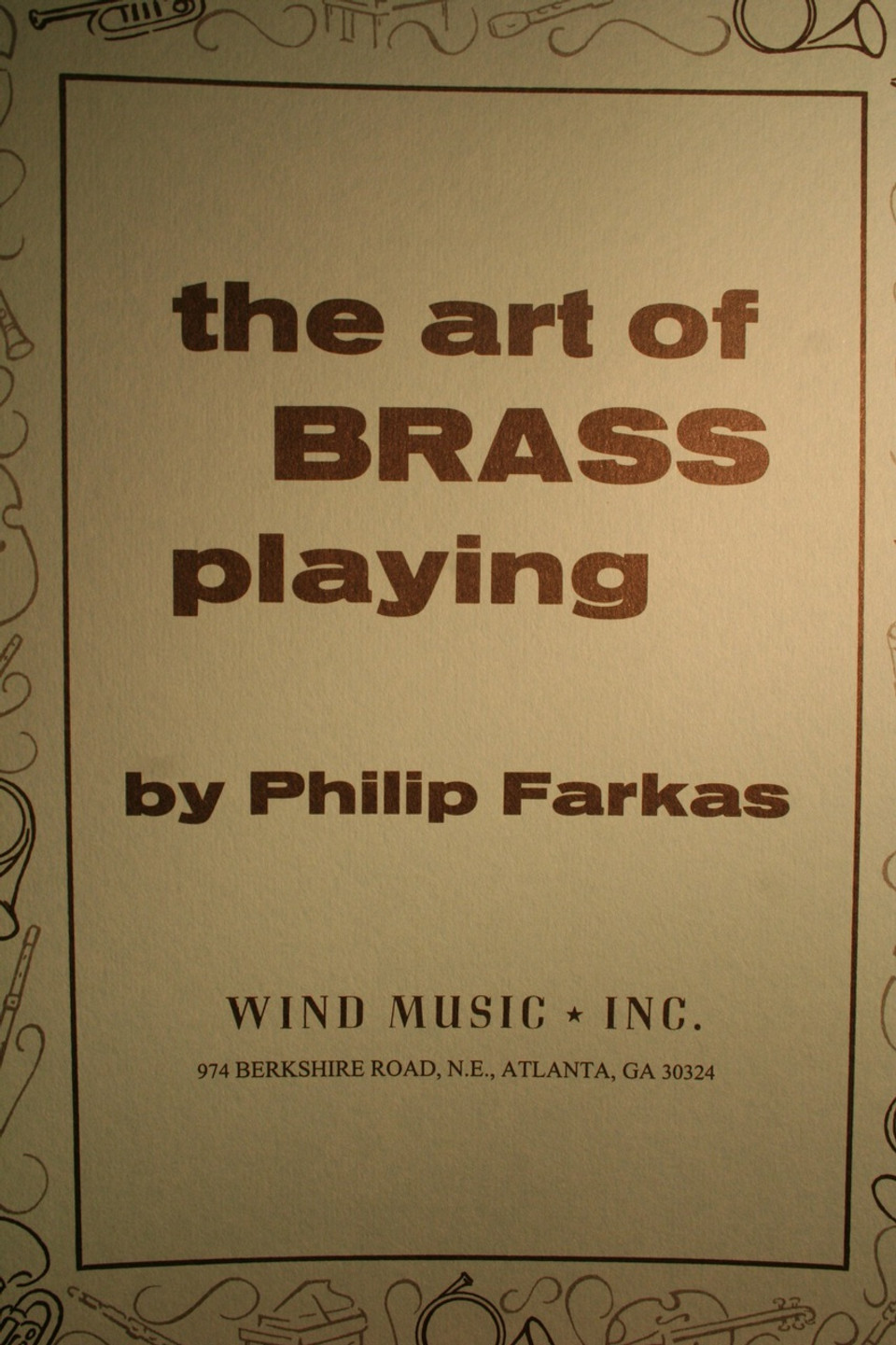
In 1936, he became first horn in the Chicago Symphony Orchestra, the youngest member of the orchestra, until 1941. He began studying privately with Louis Dufrasne, a great horn artist of the time, and playing with the Chicago Civic Orchestra.įarkas began his career as first horn player in the newly formed Kansas City Philharmonic, not having finished high school, in 1933. In 1930, Farkas became a student at Calumet High School and played in the band and orchestra there, as well as in the All-Chicago High School Orchestra. The year was 1927.įarkas' first horn teacher was Earl Stricker. Farkas loved it immediately, and at that point Farkas decided he wanted to become a professional horn player. Farkas and his father went to Chicago and rented a Schmidt horn for $3 a month.

Farkas asked what instrument would be allowed, and the conductor pointed to a horn case. He took the streetcar to school until one day the streetcar conductor refused to let him on with the tuba.

The troop needed a bugler, so Farkas volunteered and remained a bugler until age fourteen.Īt about that time, Farkas started to show signs of asthma, and his parents thought that playing a wind instrument in the school band would help.

At age twelve, Farkas joined the Boy Scouts. His parents were not musically inclined, but his mother thought piano lessons were important. Philip Francis Farkas was a legendary principal orchestra player, a leading teacher, author of a book known as the Bible for horn players, and a co-founder of the IHS.įarkas was born in 1914 in Chicago.


 0 kommentar(er)
0 kommentar(er)
